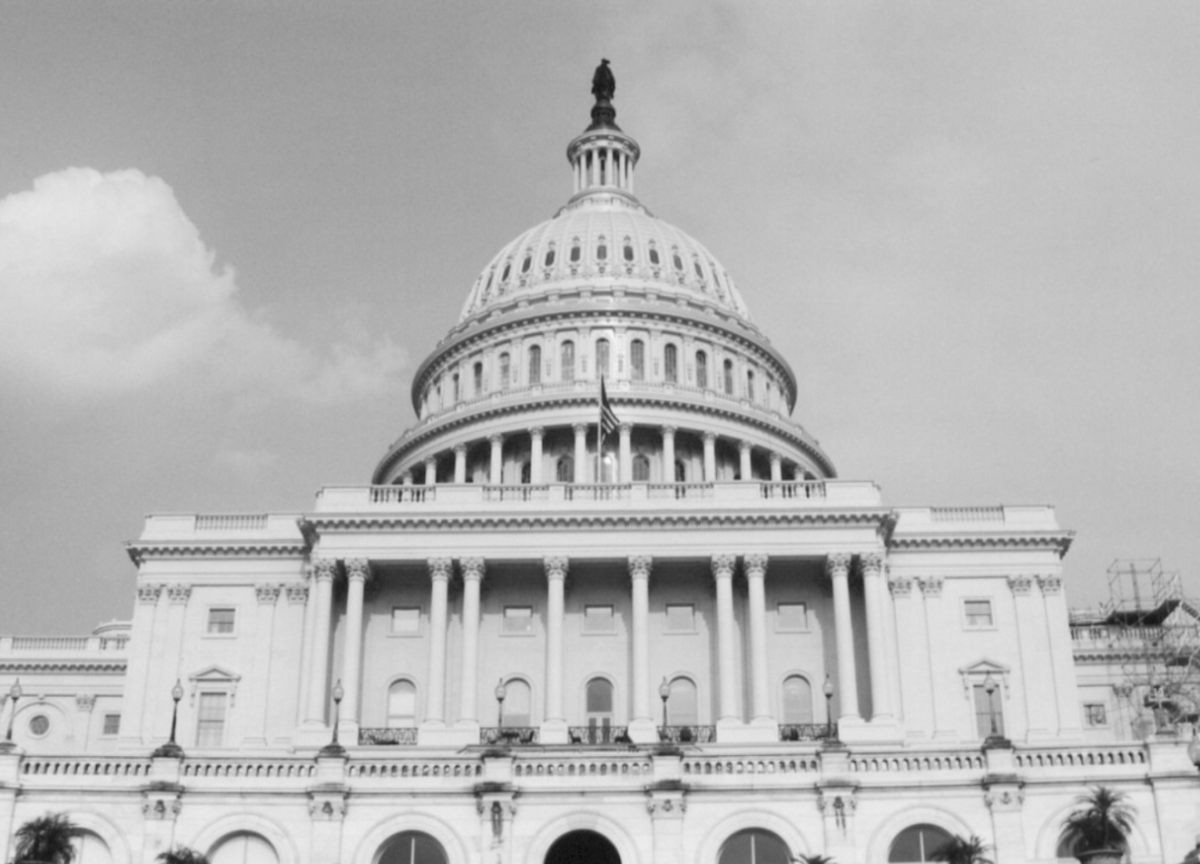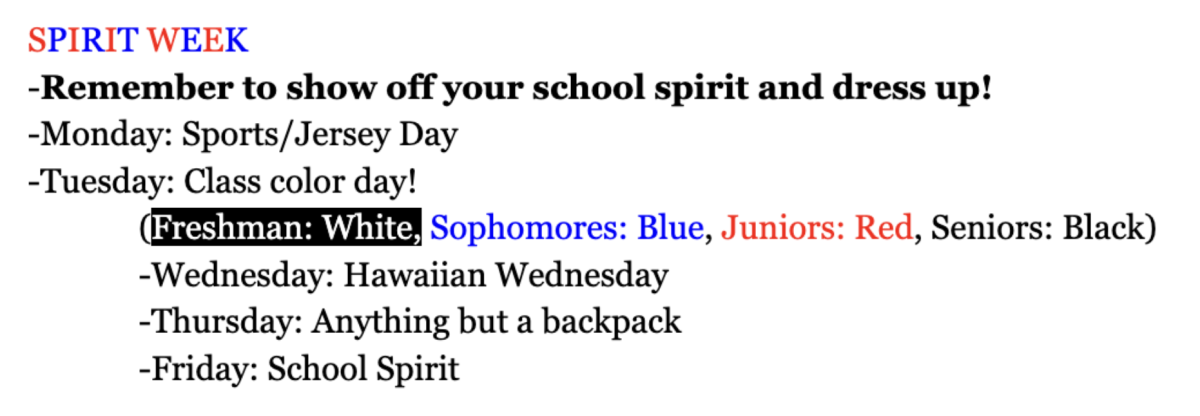Affirmative action in the United States was an active effort to improve employment or educational opportunities for members of minority groups and for women which began in the 1960s as an effective way to remedy discrimination post segregation. Affirmative action was initiated by the administration of President Lyndon Johnson in order to improve opportunities for African Americans dismantling the legal basis for discrimination.
“I am applying to college this year and I definitely think that there are both pros and cons to affirmative action,” senior Sophia McConathy said. “I think that colleges should definitely look at the holistic view of the person, and at more than just their race as the defining factor of an acceptance or rejection,”
For decades, affirmative action has been a heavily debated aspect of college admissions in the United States. The idea that colleges can consider race as a factor in whom they decide to admit has been welcomed by many as a solution to racial inequities and divides. But others have dismissed the policy as outdated in our current climate, and sometimes view it as a form of reverse racism, according to Harvard Graduate School of Education.
“If you look at where our students have been accepted, it’s clear that they have a significant advantage because they are at an academically rigorous school with tremendous resources that include 3 full-time college counselors that have actually worked in college admissions,” Director of Admissions, Student Resources, and Academic Guidance Cesar Guerrero said. “Unfortunately, not every student has the same resources and for me that is cause for concern — equity can begin to be addressed when we discuss the root of an issue versus the relevance of a policy like affirmative action,”
In June of 2023, the Students for Fair Admissions had two cases go to the Supreme Court concerning affirmative action. The cases were against Harvard University and The University of North Carolina. The Students for Fair Admissions believe that the consideration of race in college admissions is unnecessary and that it is not constitutional.
Since the 1970s, many affirmative action cases have been brought to court, some even the Supreme Court, but all times affirmative action has been upheld. The difference this time is that the Supreme Court is now the most conservative it has been since the 1930s, with a 6-3 majority, according to Temple University.
“I feel that there are certainly pros and cons to everything — I feel very sorry for students who come from minority groups that are now being put at a greater disadvantage during the strenuous college process, ” junior Amanda Telfer said. I am very happy that legacy admissions is now illegal, as our goal is to have everyone on an equal playing field,”
Without affirmative action, many students of color will face greater barriers and competition in gaining admission to elite schools, especially those that have historically favored white or wealthy applicants or have low rates of racial or ethnic diversity, according to Linkedin. Affirmative action has had many effects throughout its time in education in the United States, from serving underrepresented minorities to being sued repeatedly for “reverse racism”.
“To my understanding, affirmative action’s main goal was to give underprivileged and underrepresented groups a fair chance, which I think is a good thing,” McConathy said. “However I feel like the circumstances differ significantly at the school based on the location and the demographics of the people that apply.”









